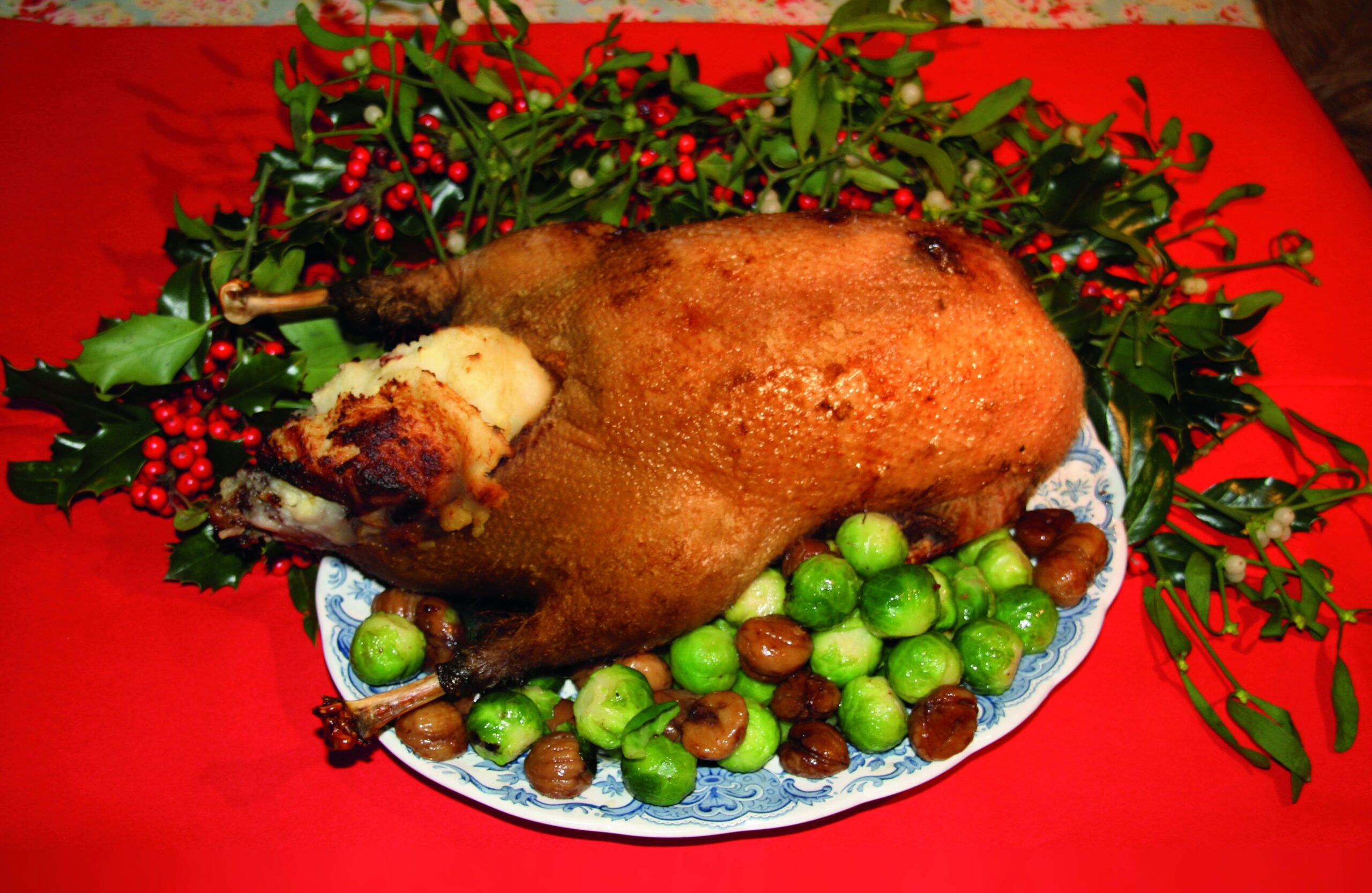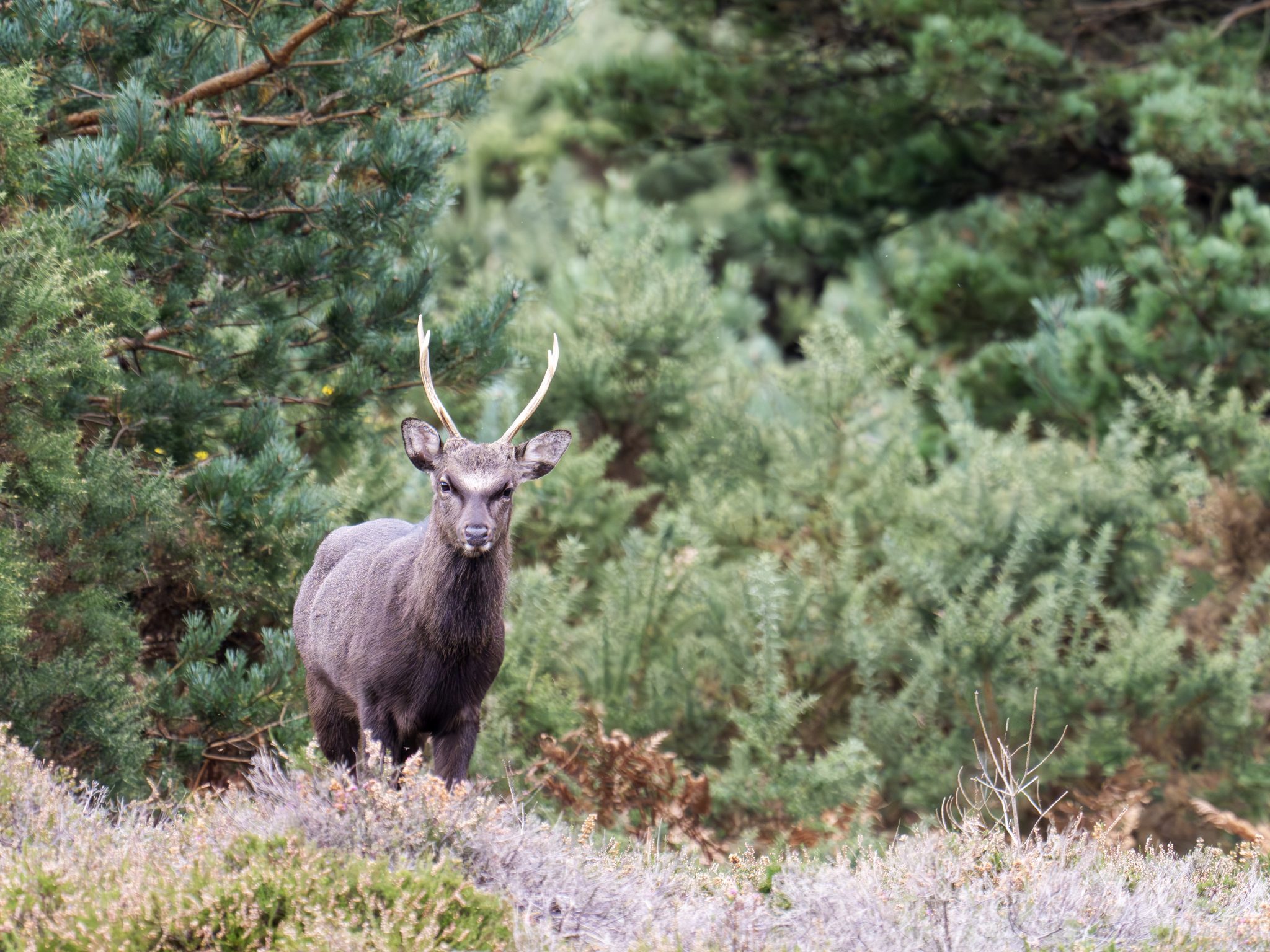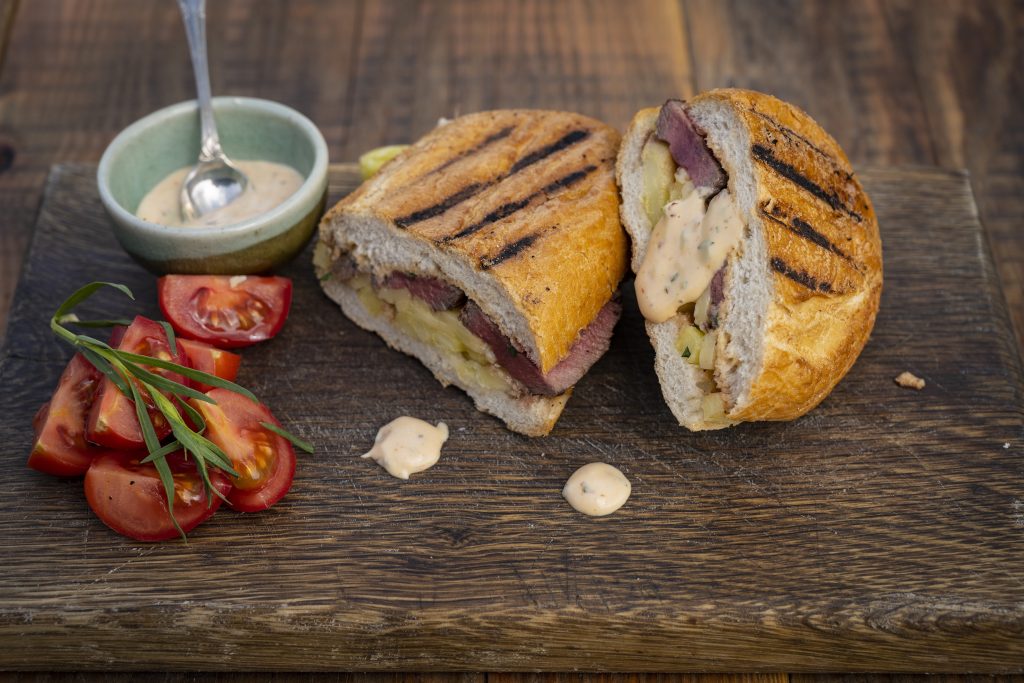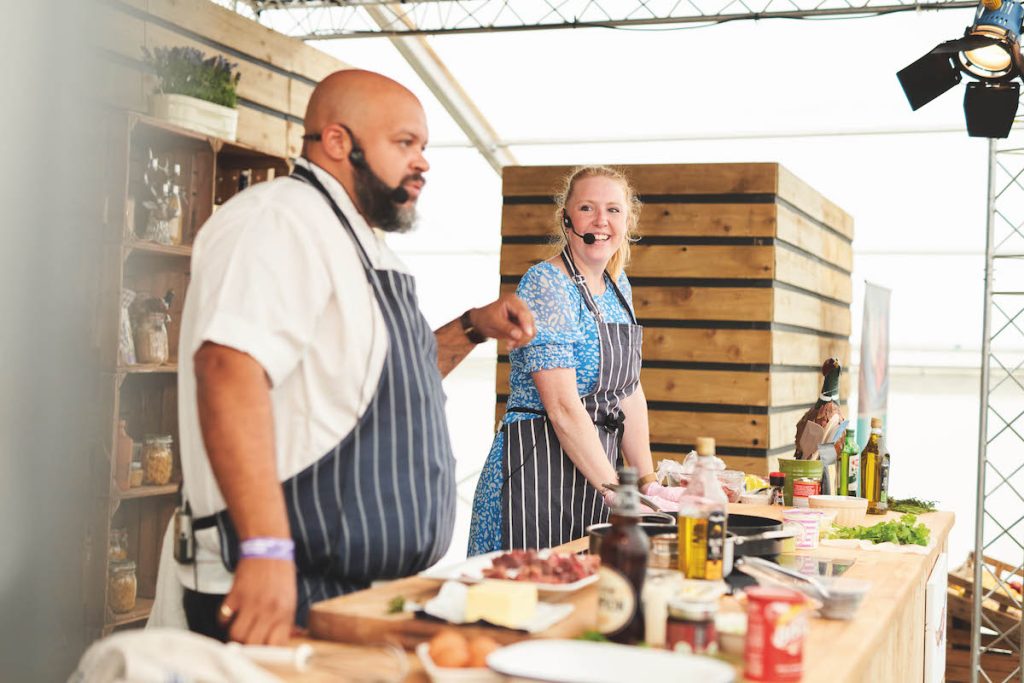Win CENS ProFlex DX5 earplugs worth £1,149 – enter here
Gatacre’s Game Recipes
<strong>Canada goose with apples and bacon</strong>

There are two reasons I won?t be eating turkey this Christmas. First, I spent Thanksgiving in the US, so have had quite enough of turkey for one year. Second, last year we had our own turkeys. Boom and Bust, we called the stags. Handsome fellows they were too, but their aggression meant leaving brooms out everywhere to ensure safe passage to the stables, so they were put on ice. Bust, our Christmas lunch, weighed 22lb plucked and drawn. The skin was more like crackling and the meat had a dark, gamey look to it. The flavour and texture were wonderful and have put me off buying turkey for life. I want my meat to have a bite to it, and I find that much of the poultry on offer has a nasty habit of being rather pulpy. Have we forgotten how to chew? The food industry seems to think so. Anyone who keeps chickens will know that while they might be a little tougher, as long as you cook them for long enough, the taste is unbeatable.
Cooking wild goose
So goose it is. I?ve often been queried about wild goose and how to cook it. ?Oh, but if it isn?t a bird of the year, it?s so tough, people say, as they breast the goose, claiming that is the only worthwhile piece on an older animal. What a waste. As with home-raised poultry or any other slow-grown or older bird, slow cooking with plenty of liquid is the secret.
I know it is a bit of a task to pluck geese, and for cooking this recipe I had the ultimate luxury. Paul Pym, from the Devon Wildfowlers, kindly provided the goose from the Exe Estuary especially for this Shooting Times recipe, then Devon Wildfowlers club chairman Nick Millman generously plucked and gutted the bird before it was rushed up to London by train and underground in time for me to cook it. The goose hadn?t been hung, but with the mild temperatures that wasn?t needed.
When I have shot or been given wild geese I always pluck it, rather than breasting it. The cooking can be adapted to suit the age of the bird, and I don?t like wasting anything, but I don?t have a freezer full of game. In my opinion, there?s something slightly disrespectful about not using the whole carcase, too. I?ll cover recipes for older birds in the future.
On to the recipe. Goose needs long and slow cooking, with perhaps a fast blast of heat at the start to brown its skin. The Canada I had been given was a young bird, with a good layer of fat. It had been cleanly shot and was beautifully plucked. I decided to stuff it, but not in the conventional way. Instead, I was going to use what the Dutch call Hete Bliksem, or hot lightning, which is mashed potatoes with a little apple and bacon. It may ound rather odd, but the potatoes absorb lots of flavour while they are in the cavity. Served with some sprouts and chestnuts, it was a dish that did the bird justice.
Ingredients
1.5 lb King Edward potatoes – 1/2 lb smoked lardons – 100g butter – 100ml milk – salt and pepper – 3 Cox apples – 1 Canada goose – olive oil
Method
1. Preheat the oven to 200°C. Start by making the mashed potatoes. I peel them and chop them into quarters, rinse them once, then cover them in cold water and add a pinch of salt.
2. While the potatoes are cooking, fry the lardons until crispy. If you can?t get these, ask your butcher for a few slices of smoked streaky bacon of about 1⁄2in thickness, remove the rind and then cut into cubes.
3. Heat the milk and once the potatoes are completely cooked, drain them and put them back in the pan. Put the pan on the heat for a minute or two, just to allow any excess water to evaporate. Add the butter and mash vigorously, slowly adding the milk. Season well, and give the mash a good few turns with a rubber spatula or wooden spoon, which will lighten it slightly. If it is too dry, add more hot milk slowly, beating all the while.
4. Peel and core the apples. Dice these very finely and beat them and the lardons into the potatoes. Taste for seasoning.
5. Spoon the mash into the cavity of the goose, ensuring that there aren?t any gaps. Stop about 1⁄2in short of the edge, so that it doesn?t all come pouring out during the cooking.
6. Put the goose in a roasting tray, rub a bit of olive oil all over it and season with salt and pepper. Place in the oven. Roast at 200°C for an hour or so, until the bird is nicely brown, then turn the oven down to 170°, baste the bird and cover it in foil. Cook for a further two and a half hours, basting every now and then.
7. Allow the bird to rest for 20 minutes before serving, and during that time pour off the excess fat from the roasting tray and make gravy using red wine or port.
Related Articles
Get the latest news delivered direct to your door
Subscribe to Shooting Times & Country
Discover the ultimate companion for field sports enthusiasts with Shooting Times & Country Magazine, the UK’s leading weekly publication that has been at the forefront of shooting culture since 1882. Subscribers gain access to expert tips, comprehensive gear reviews, seasonal advice and a vibrant community of like-minded shooters.
Save on shop price when you subscribe with weekly issues featuring in-depth articles on gundog training, exclusive member offers and access to the digital back issue library. A Shooting Times & Country subscription is more than a magazine, don’t just read about the countryside; immerse yourself in its most authoritative and engaging publication.







